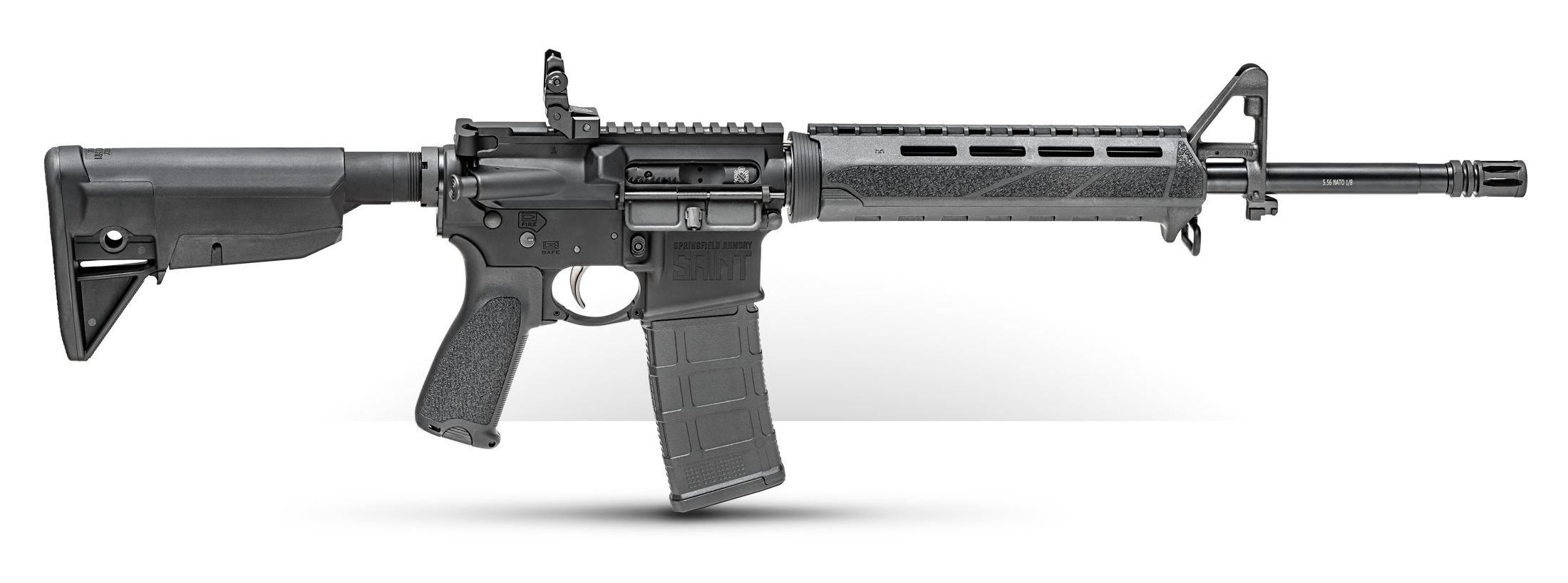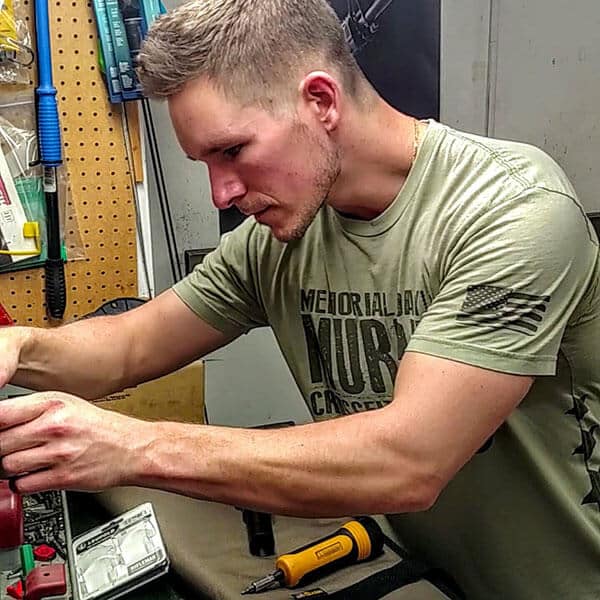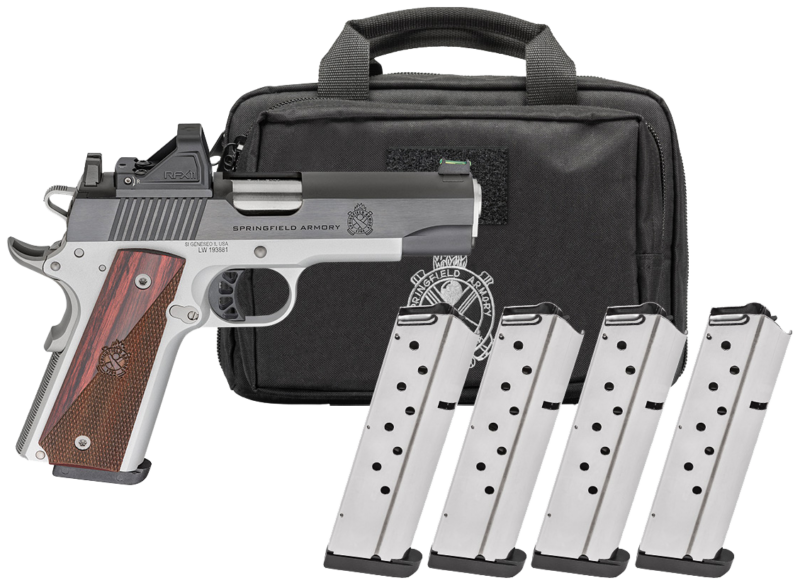Why You Need Iron Sights
October 7th, 2019
4 minute read
While the AR-15 (or “Modern Sporting Rifle”) continues to balloon in popularity for competition, hunting, and defense, there is one facet of it that does not seem to get that much attention: iron sights. Why is that? Many people who are enamored with the AR-15 are equally infatuated with optics. Whether it is magnified optics or red dots, both types of sights are tremendously popular compared to iron sights. So, with optics coming to the forefront of shooter preferences, why and when would someone want to still run iron sights? Fully knowing what a basic set of irons are capable of might be half the battle.
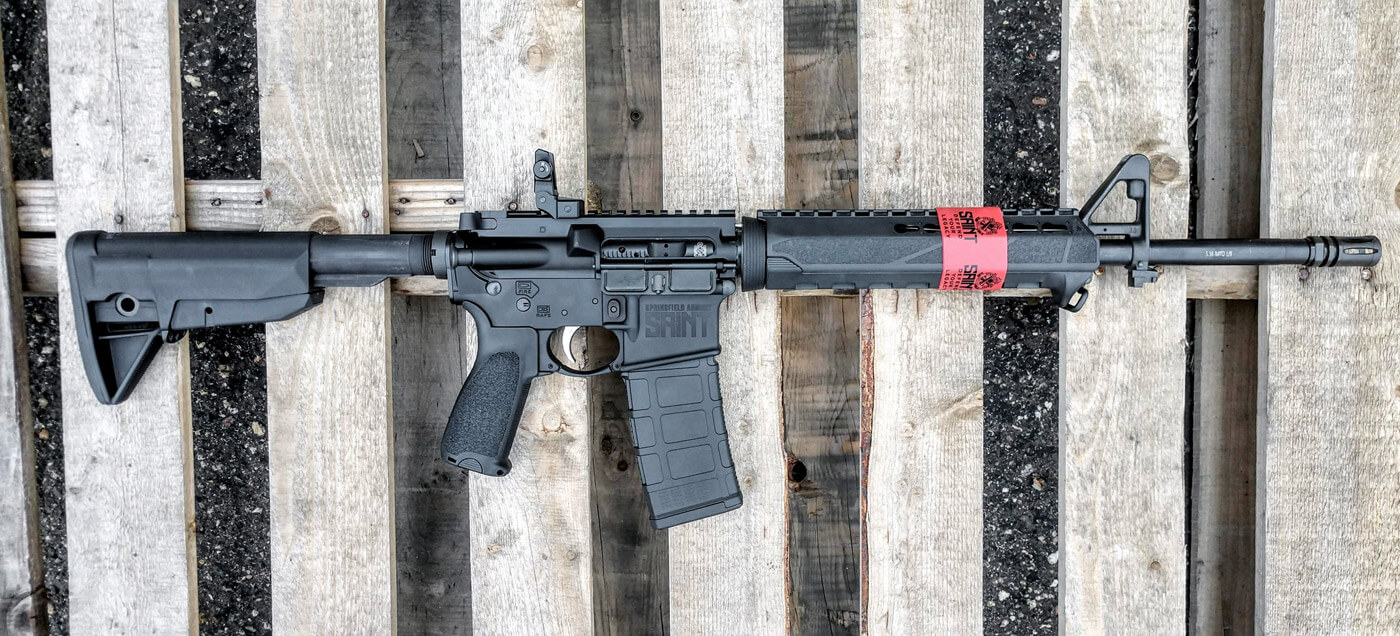
Always On
The misperception of iron sights might stem from the various upbringings we have all had with firearms. If you were introduced to guns as a child with a single-shot, bolt-action .22 Long Rifle with iron sights you likely progressed from there to bigger, better and more modern firearms. Other factions of shooters may have joined the arms bandwagon later in life and began with an AR-15 with an optic, or potentially a different scoped rifle. If you initially skipped over iron sights in your start with rifles, it would be admittedly difficult to regress back to “lesser” technology. Unfortunately for that aforementioned group, lacking a rudimentary understanding of iron sights means you’re missing a basic skill of marksmanship.
When the conversation of “should you use iron sights” or at a minimum understand them comes up, I immediately think of Murphy’s Law: What can go wrong, will. Moreover, the technology in optics can fail. Whether it’s a battery dying or glass being irreparable damaged, if you have back-up iron sights you can always remain in the fight, hunt, or competitive event.
Old-School Rangefinding
So, removing the thought of Murphy’s Law from your mindset, why else should you understand and deploy iron sights? For one, the width of a mil-spec front sight post (FSP) can be used to measure the relative size and distance of objects. A mil-spec FSP such as the one present on the Springfield Armory SAINT AR-15 is 0.07” wide. Some fast math tells us that is loosely 3.2 mils at 100 meters.
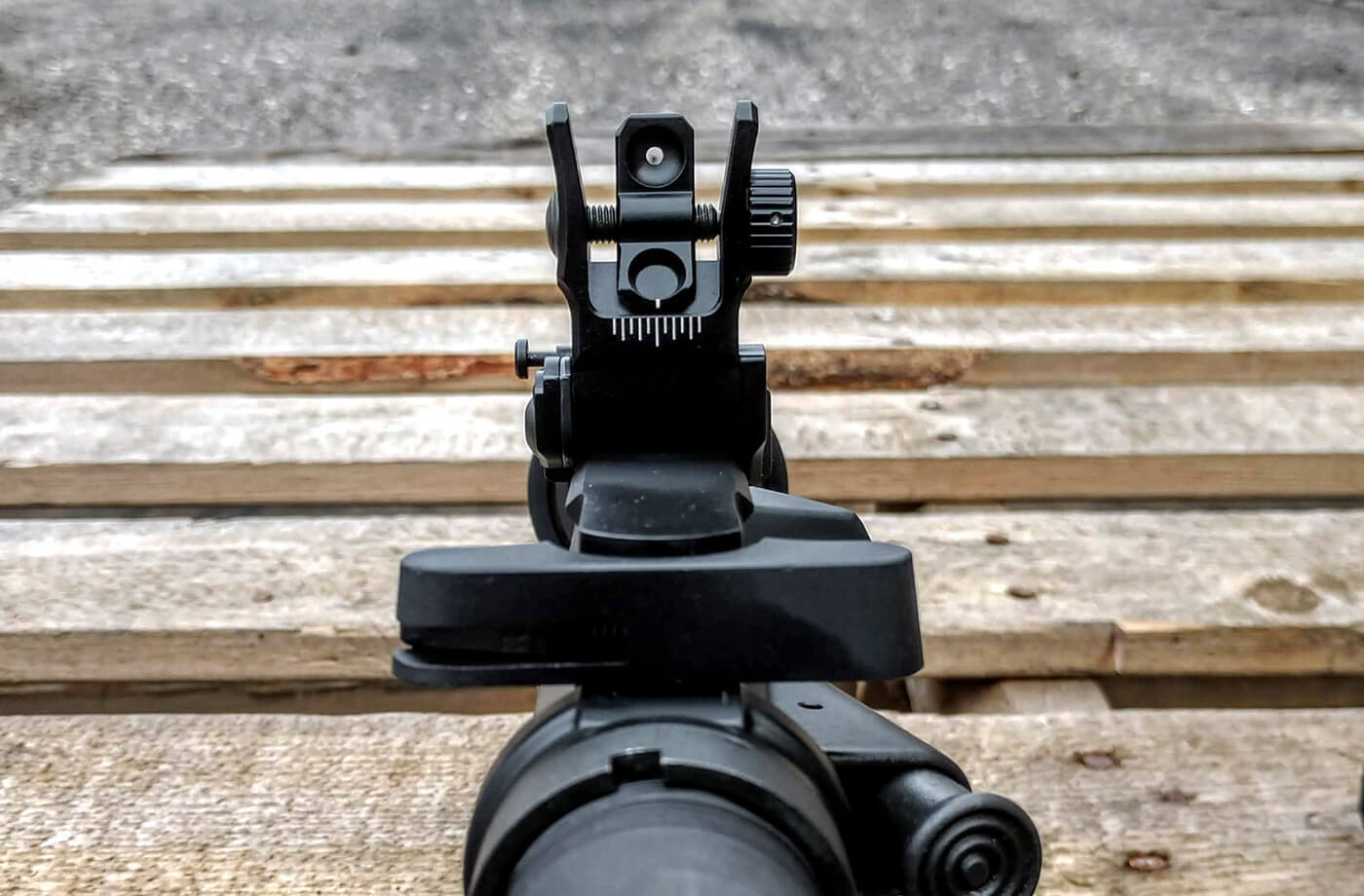
The military teaches that a mil-spec FSP at 150 meters is the average width of a military-aged male’s torso (approximately 19” across). So, for example, if a whitetail deer is facing you straight on and your FSP completely covers the deer’s chest, that particular deer should be at loosely 150 meters. While this is a very primitive ranging technique, in the 21st century it’s great knowledge to keep tucked away in your mind. And it always works. No batteries to run out or glass to break.
Even More Options?
With many sets of iron sights such as on the SAINT, you also get multiple rear apertures through which to aim. Sometimes they’re referred to as day-time and night-time peeps (small and large) while more modern shooting manuals identify each aperture as being utilized for normal shooting and faster close-quarters target acquisition. The ability to have two choices in a rear aperture and greater awareness by not being forced into “tunnel vision focus” with an optic can be quite valuable.
Since iron sights can serve a two-fold purpose in their peeps and there are handy secrets in their dimensions, when should you use them then? Some of the best applications are for hunting and competition. If you’re going to be participating in a 3-Gun competition, an educational carbine course, the Tactical Games or a similar style AR-15 course of fire, then iron sights could be immensely valuable. In regards to hunting, the ranging ability and fast target acquisition could be handy for unpredictable game appearances. Also, when Murphy’s Law finds you, the likelihood of a nearby gas station stocking your obscure watch battery for your primary optic will be abysmally low. When you’re competing or hunting, it’s often better to “have and not need iron sights than need and not have.”
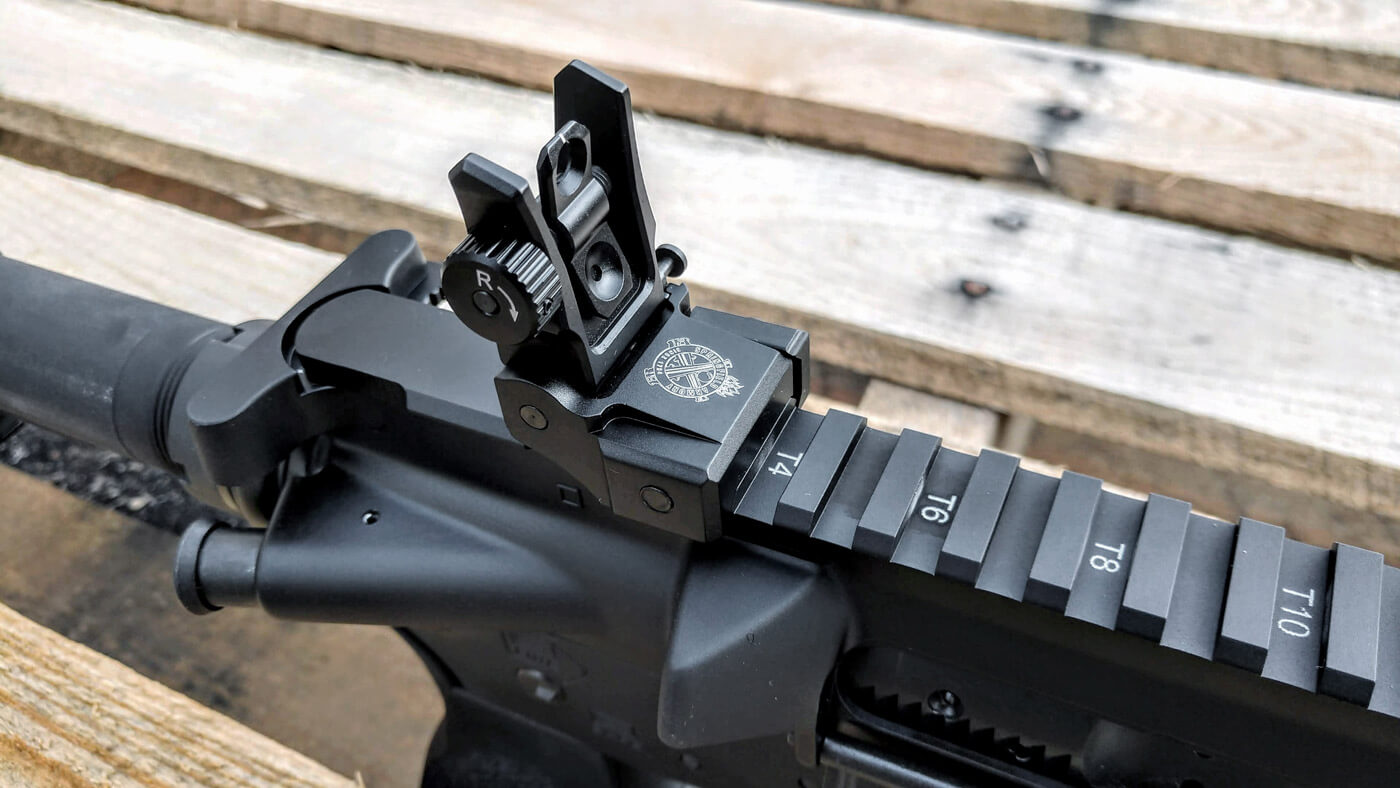
So, if you just added an AR-15 to your arsenal and are thinking of stripping the factory iron sights off of it, think again! They offer a lot of value. Possibly consider using them as a back-up and know that you’ll be more informed and prepared. Be safe out there, and happy shooting!
Read part two: When You Need a Red Dot
Read part three: Do You Need a Rifle Scope?
Join the Discussion
Featured in this article
Continue Reading
Did you enjoy this article?

 214
214




